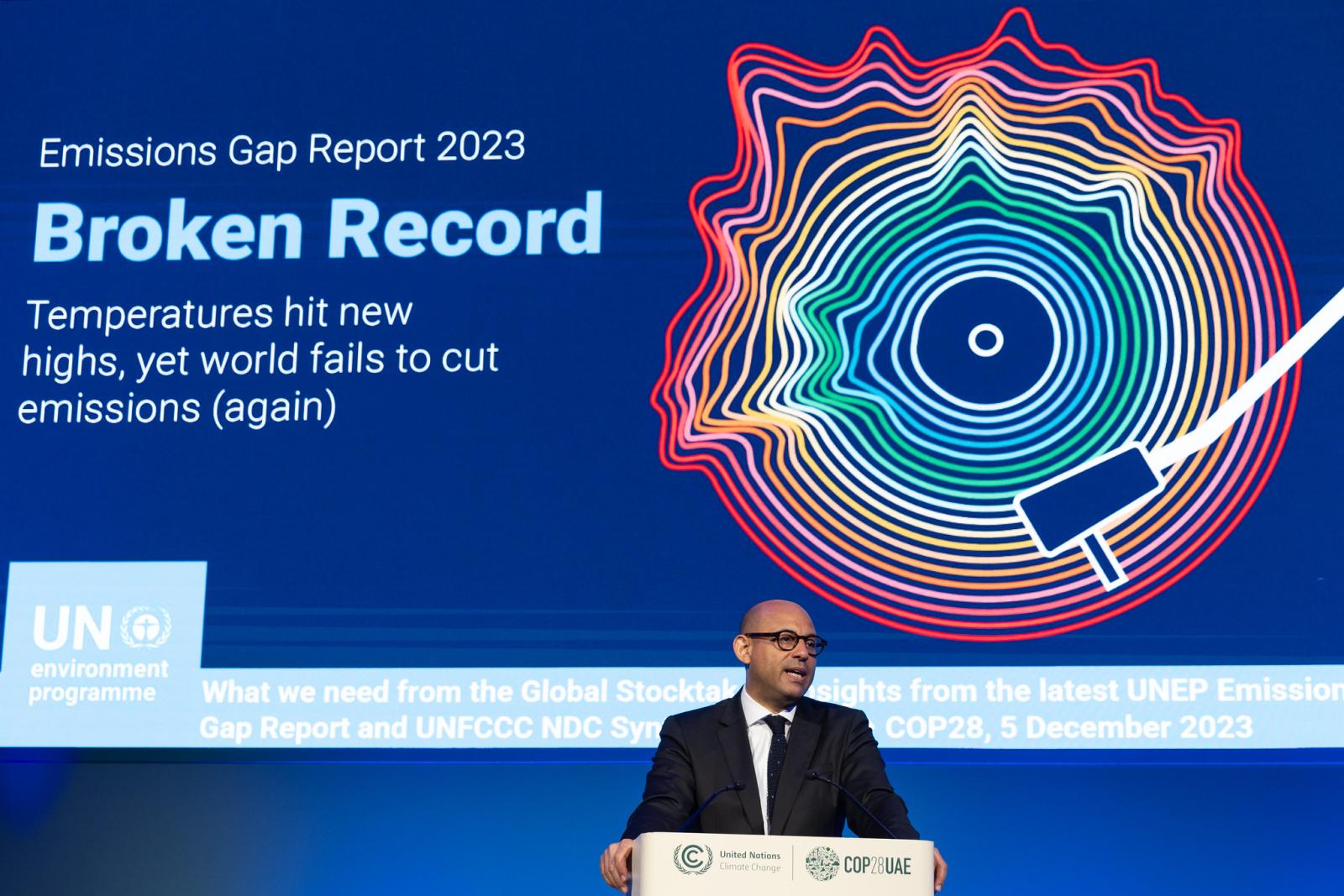Investments in scientific research and technological development (R&D) are increasing again in the United States of America. After the stagnation and the following recession in 2009 and 2010 - the black years of the financial and economic crisis - the United States regain their trust in scientific knowledge and technological innovation. According to a recent report by the National Science Foundation, in 2011 the US invested $428.2 billion in R&D: over 20 billion more than 2010, with a net 2.8% increase after inflation, higher than the GDP increase by 1.8%.
The performance even improved in 2012. Total R&D investments reached the amount of $452.6 billion, with a net 3.8% increase after inflation. Once again higher than the GDP increase by 2.2% in 2012.
These numbers tell us that the United States are returning to rely on scientific research and technological innovation in order to restart their economy. And this time the relaunch is not set by the federal government – as for the famous “stimulus package” decided by President Barack Obama in 2009 – but by the firms, that in 2011 increased their R&D investments by 5.4% in respect to the previous year and even accelerated in 2012, with an increment by 7.7% in respect to 2011.
The return of the United States and in particular of the American firms to their traditional trust in new knowledge and high technology production is also confirmed by another recent report by R&D Magazine, in regards to 2013’s financial statement and previsions for 2014.
According to the magazine’s experts, in 2013 the US increased their R&D investments in real terms by 0.7% respect to 2012 and this year a net 3.3% increase after inflation is expected. Therefore the US investments in R&D will remain stable around 2.8% of the GDP. In contrast with the European average of 1.9% and the 2% of China. Among the most developed countries, only Japan, with its 3.4%, invests more. As confirmed by the R&D Magazine, the business sector (meaning firms, mostly private) is now driving the R&D expansion in the US, thanks to their firm belief that American competitiveness in the global economy can win only in the high-knowledge area. Despite being hard to quantify, everyone acknowledges the huge impact of R&D investments on economy. Experts hired by the US federal government assert that at least 75% of the new wealth produced after the war in the United States came from the applications of the new scientific knowledge.
However, states the R&D Magazine, it is possible to assess the short-term effects of the R&D investments. The $465 billion – of which 69% comes from private firms – invested by the US in 2014 for scientific research and technological development will give work to 2.7 million people directly (of whom 1.4 million researchers); indirectly this investments will give work to other 2.0 million people and will induce the development of economic areas where other 4.0 people will find a job. To the $ 465 billion invested in R&D, then, other 860 billion for the spin-off should be added. In practice, 8% of the American economy will stand, in 2014, on scientific research and technological innovation.
According to the R&D Magazine experts, this is possible because in the US everyone acknowledges that: a) R&D investments provide important economic returns in the short and long term; b) the US can remain competitive only increasing their investments, since the rest of the world is doing the same; c) in the end, even in a country characterized by a deeply divided political context, the whole political class agrees about the necessity of maintaining the US leadership in scientific research and economic development.


